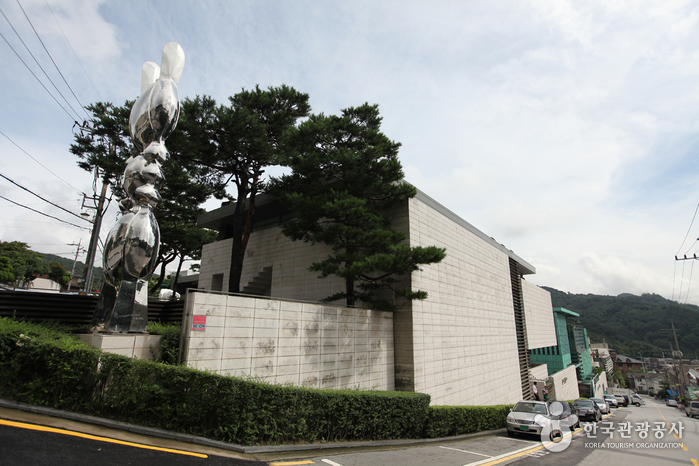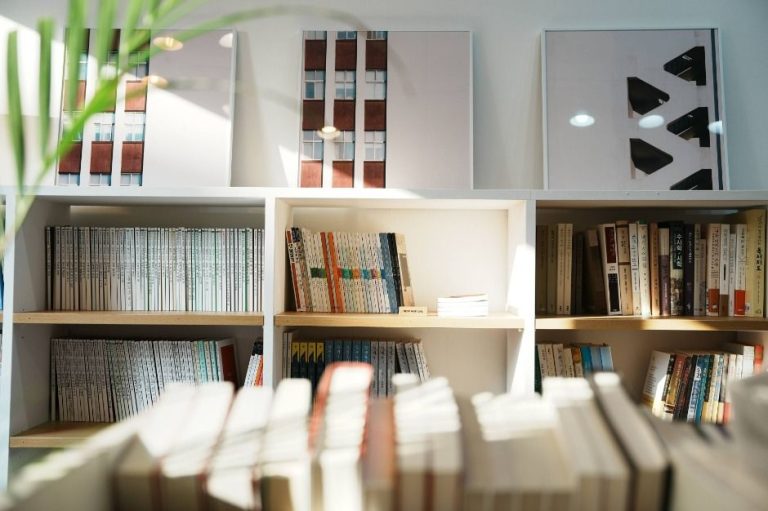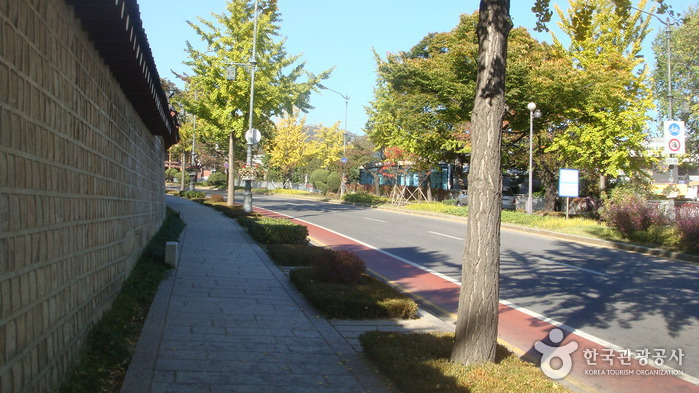HiKR Ground (하이커 그라운드)
HiKR Ground (하이커 그라운드)
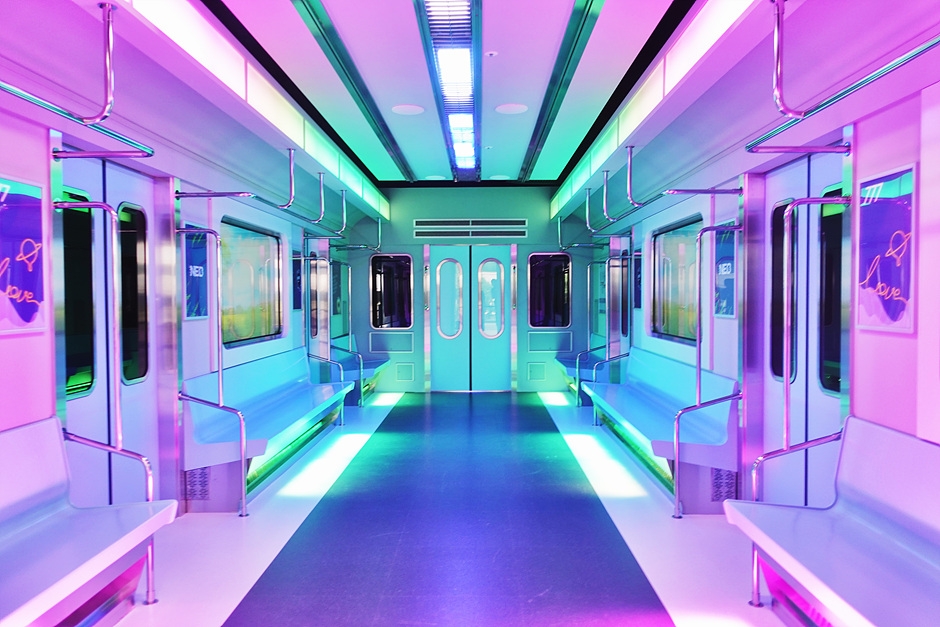 – Homepage
– Homepage
hikr.visitkorea.or.kr
www.instagram.com/hikrground_official
Located inside the Korea Tourism Organization Seoul Center, HiKR Ground is a Korean tourism publicity center where visitors can experience K-pop and view media art at the same time. The name “HiKR Ground” embodies the meaning that Korea (KR) will greet (“Hi”) global tourists and become a playground. Notably, it provides Korean tourism content in multiple ways for the younger generation to enjoy. On the first floor, there is a space to enjoy various media arts through the large media screen HiKR Wall, where visitors can see “Landscape of the New City” by media artist Lee Lee-nam, and Korean tourism videos submitted by global hallyu fans. On the second floor, visitors can make their own K-pop music videos using the XR Live Studio. At the window facing the restored Cheonggyecheon Stream, there is a mesmerizing artwork called ”North Wall” by installation artist Suh Do-ho. On the third and fourth floors, visitors can get immersed in Korean local tourism through various arts, experiences, and exhibitions.
– Address : 40 Cheonggyecheon-ro, Jung-gu, Seoul
※ Presentation Information
– Information and Guides
+82-2-729-9497
– Parking
Available (2,000 won for 30 minutes, 1,000 won for every 10 minutes thereafter (max. 30,000 won per day))
– Day Off
Monday
– Usage Fee
Free (Separate fees may apply)
– Operating Hours
[F1, F5 : Midea Wall, Hiker Lounge]
– 10:00~20:00(Last entry 19:40)
[F5 Tourist Information Center]
– 10:00~19:00
[F2~F4 exhibition hall]
– 화~일요일 10:00~20:00(Last entry 19:40)
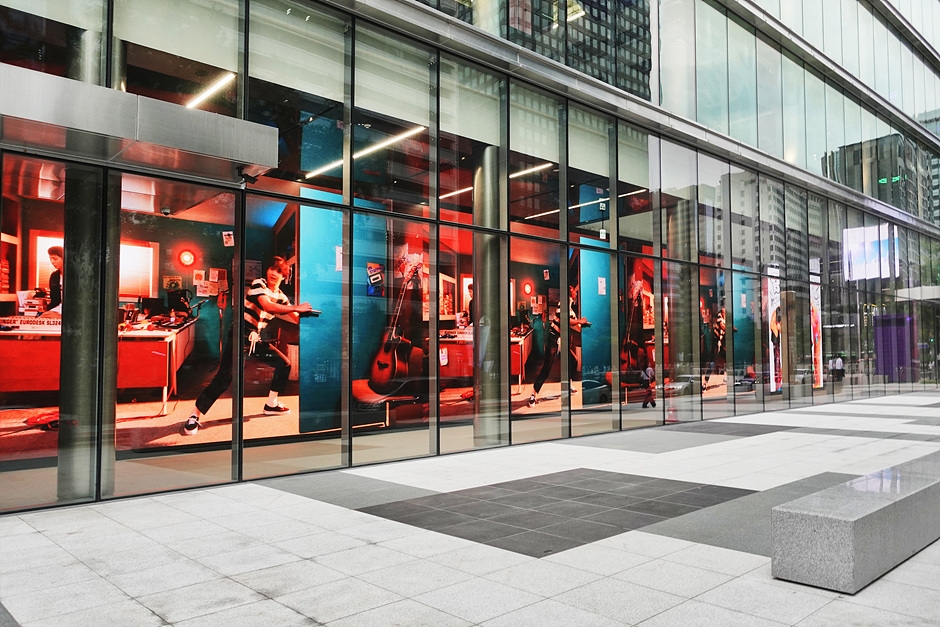
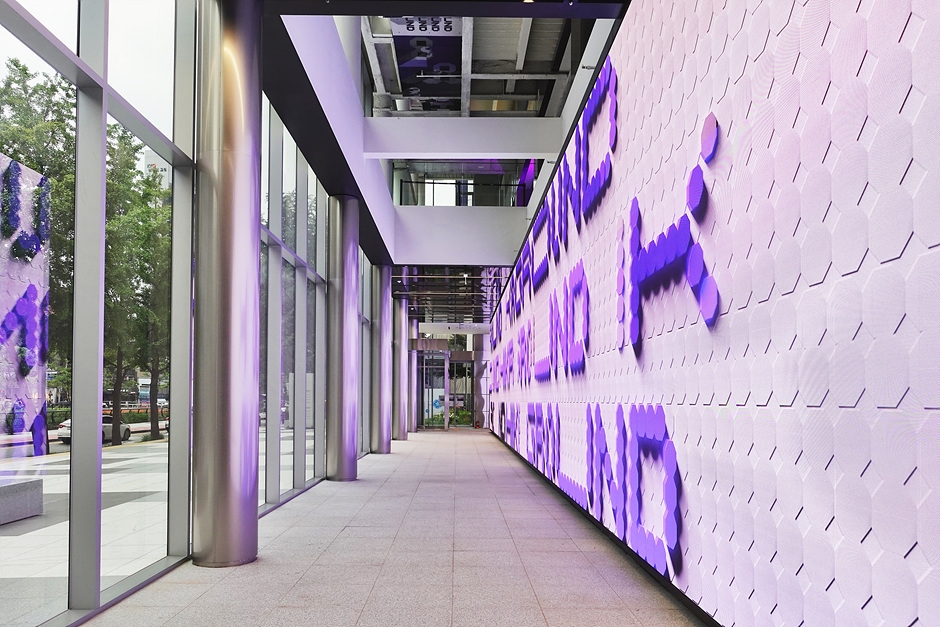
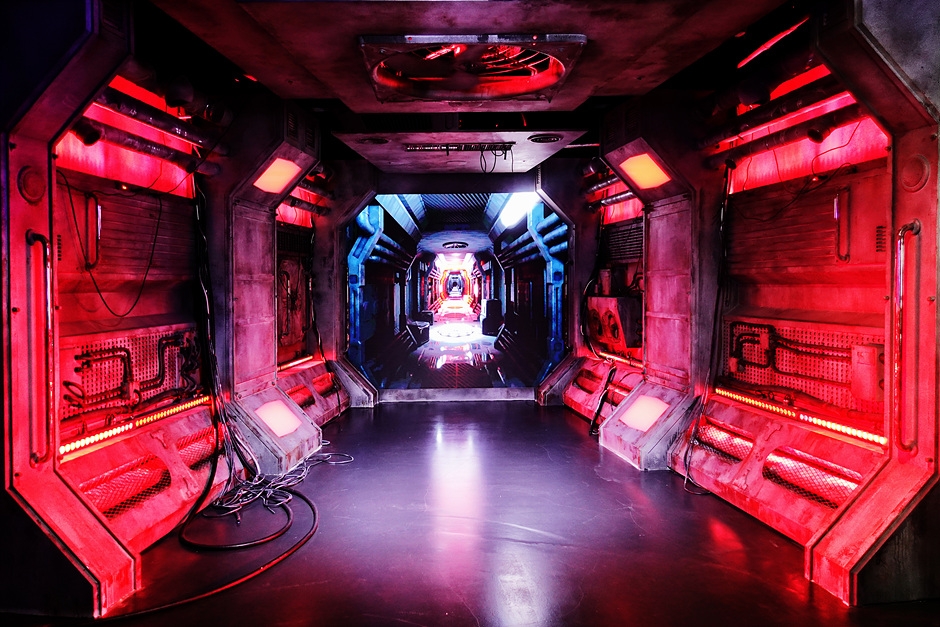

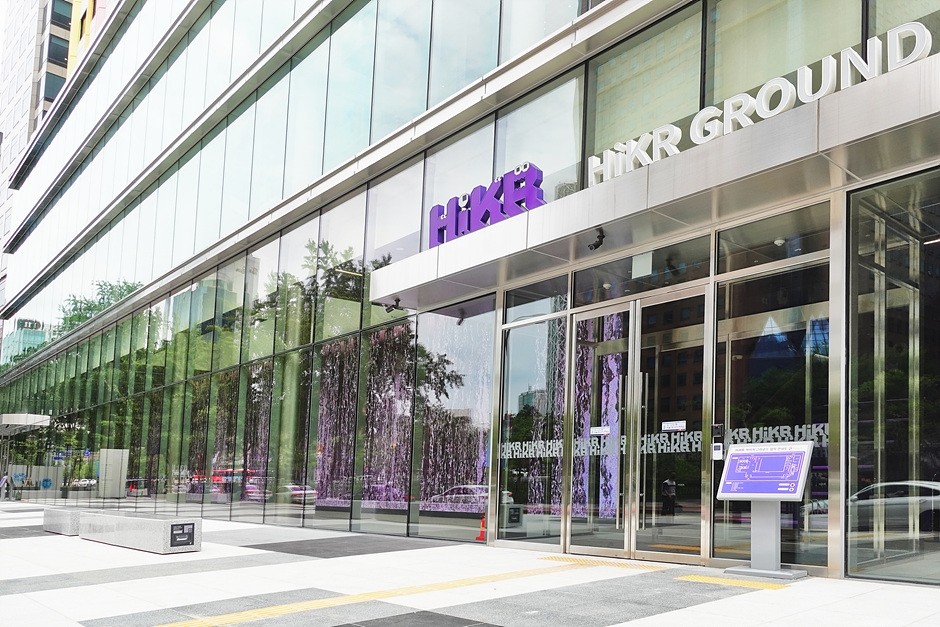
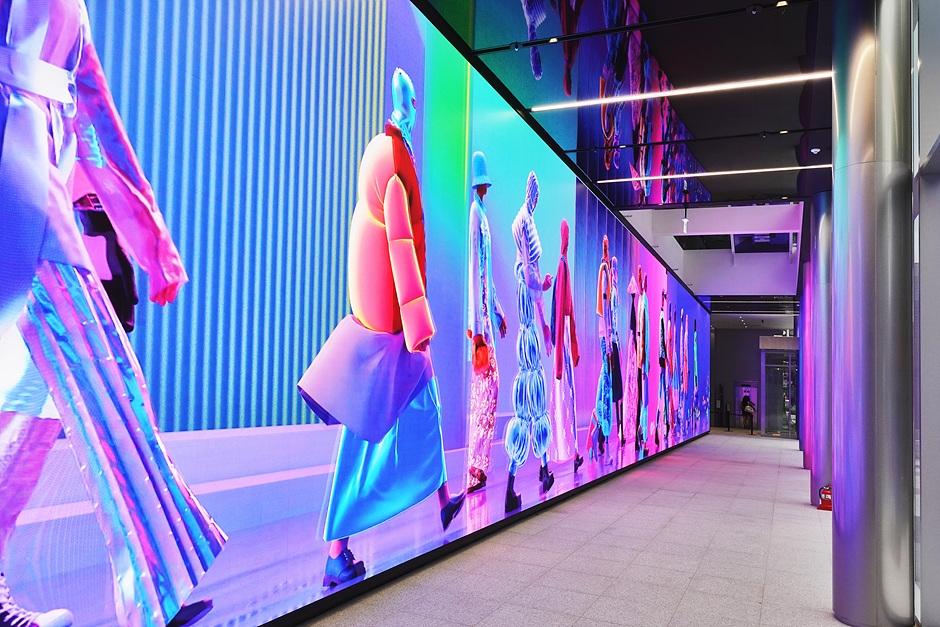

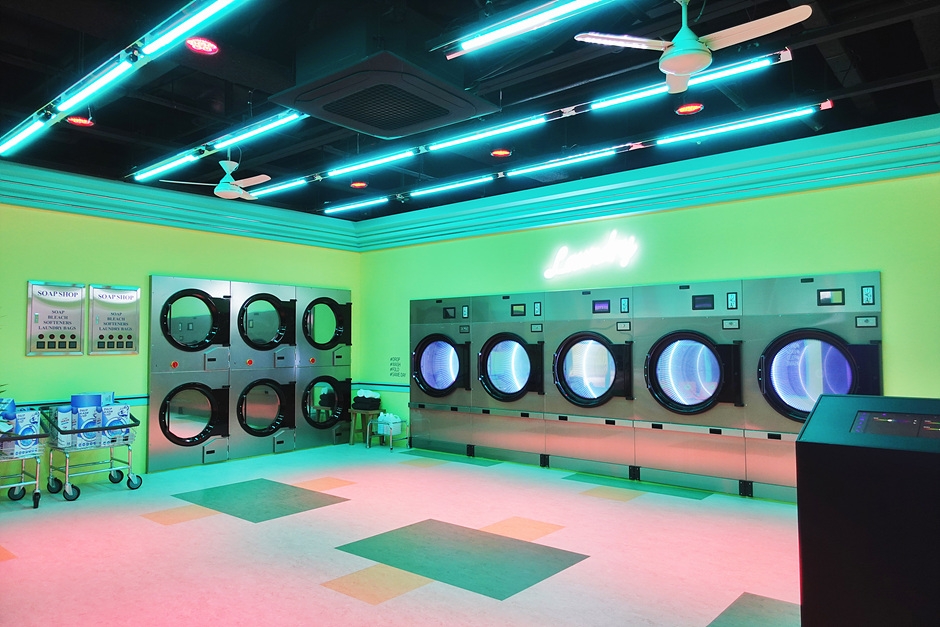

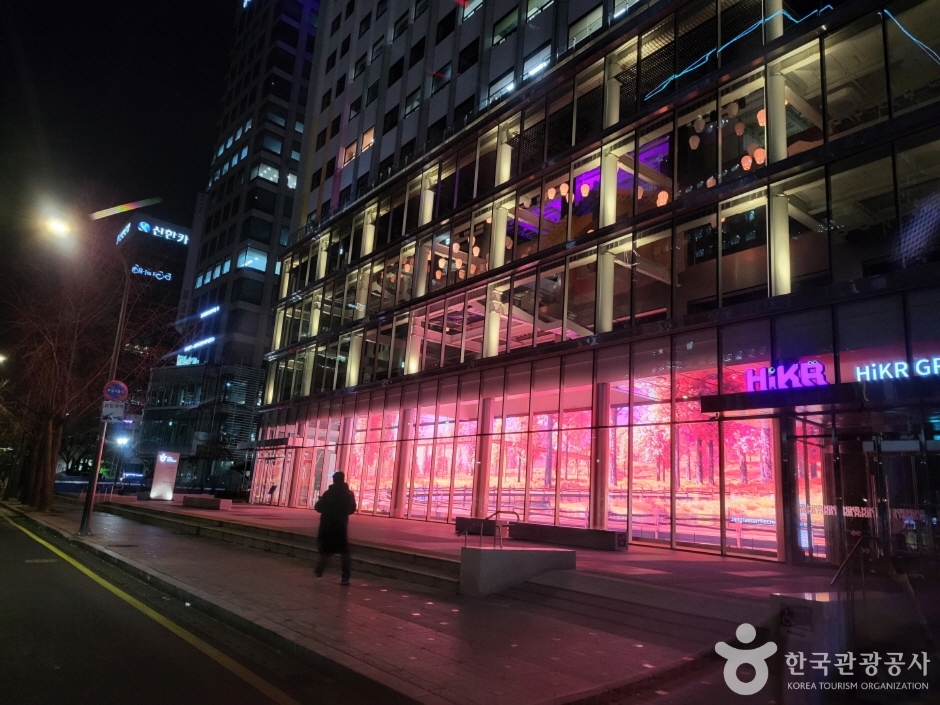
◎ Nearby Tourism Infobox
⊙ Youngpoong Bookstore – Jongno Branch [Tax Refund Shop] (영풍문고 종로점)
– Homepage
www.ypbooks.co.kr
–
⊙ Yonggeumok (용금옥)
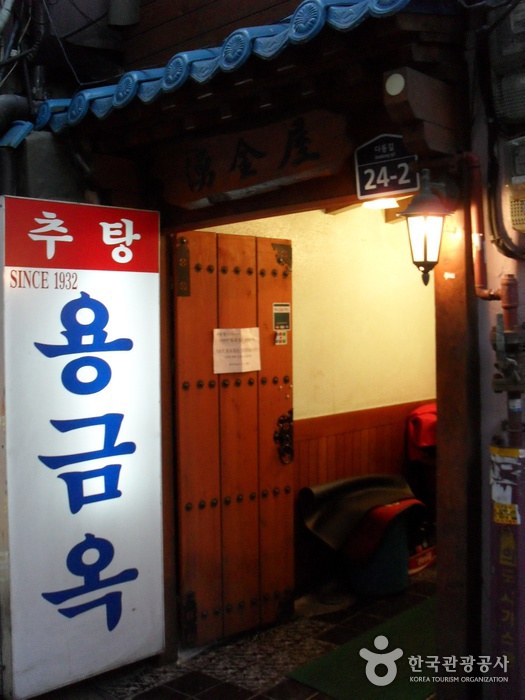
– Tel
+82-2-777-1689
Established in 1932, Yonggeumok specializes in Seoul-style chutang (loach soup), renowned for using whole loach in its preparation. This method distinguishes it from the more commonly known Namwon-style chutang, which involves grinding the loach. At Yonggeumok, guests can savor the tender and savory texture of the loach flesh in their chutang, offering a unique and authentic dining experience.
⊙ Nampo Myeonok (남포면옥)
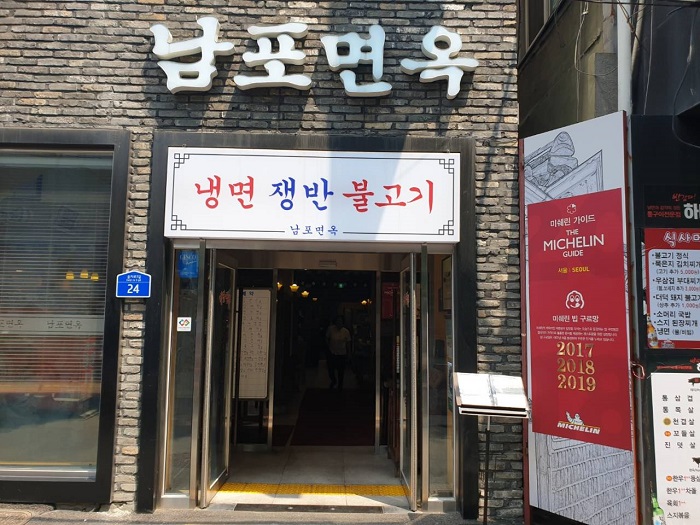
– Tel
+82-2-777-3131
Located near Seoul City Hall and Cheonggyecheon Stream, Nampo Myeonok is a traditional Korean restaurant. Opened in 1968, it has been recognized by the Michelin Guide several times. Their specialty is pyeongyang naengmyeon (pyeongyang cold buckwheat noodles). The restaurant also serves a variety of other dishes that are the most commonly found in Korea, including galbi tang (galbi soup), bulgogi, mandu soup, and yukgaejang (spicy beef soup).
⊙ Bugeogukjip (북어국집)
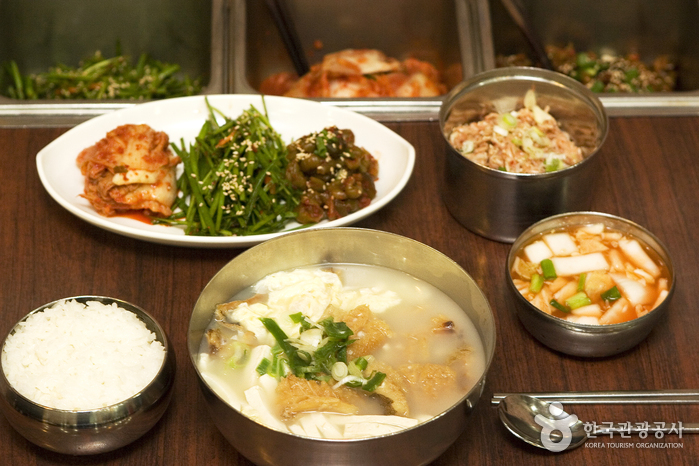
– Tel
+82-2-777-3891
Bugeogukjip (formerly “Teojutgol”) is a restaurant behind City Hall in Seoul that has been serving up authentic dried Pollack soup since 1968. Despite a name change, the restaurant has proudly stood in this same location for decades, earning a strong reputation for its dried Pollack soup made using traditional cooking methods.
Since the restaurant only serves one thing—dried Pollack soup—there are few preparations to be made and the meal arrives on your table in minutes. Customers are free to serve themselves basic side dishes such as kimchi and can have as many servings of rice as they’d like, allowing diners to enjoy a hearty meal at a low price. While the restaurant’s design and menu may be simple, Bugeogukjip takes pride in its long history and the careful efforts that have earned it a reputation as one of the most notable restaurants in Seoul.
⊙ Olive Young – Mugyodong Branch [Tax Refund Shop] (올리브영 무교동점)
–
⊙ Bosingak Belfry (보신각 터)
View detailed guide on Korea Trip Guide →
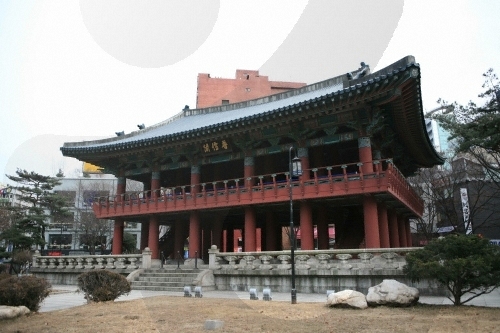
– Homepage
tour.jongno.go.kr
– Tel
+82-2-2133-2641
Bosingak Belfry is also known as Jonggak. It was the site in which a large bell, used to keep the time in Seoul, was found during the Joseon period (1392-1897). Bosingak Belfry was burned down during the Korean War (1950-1953) and was reconstructed in 1979. The original bell was moved to the Gyeongbokgung Palace, and a new bell was forged in 1985. At midnight, January 1, the bell at the Bosingak Belfry is rung to welcome the new year. Many people gather around the belfry to make a wish for their new year.

